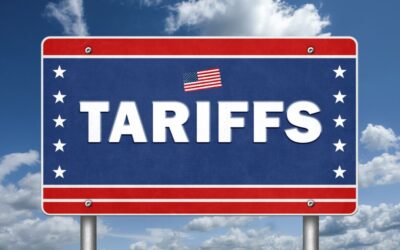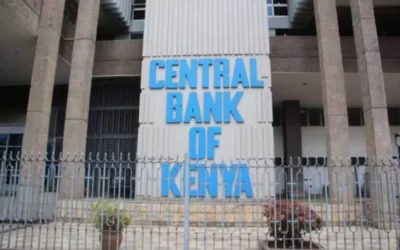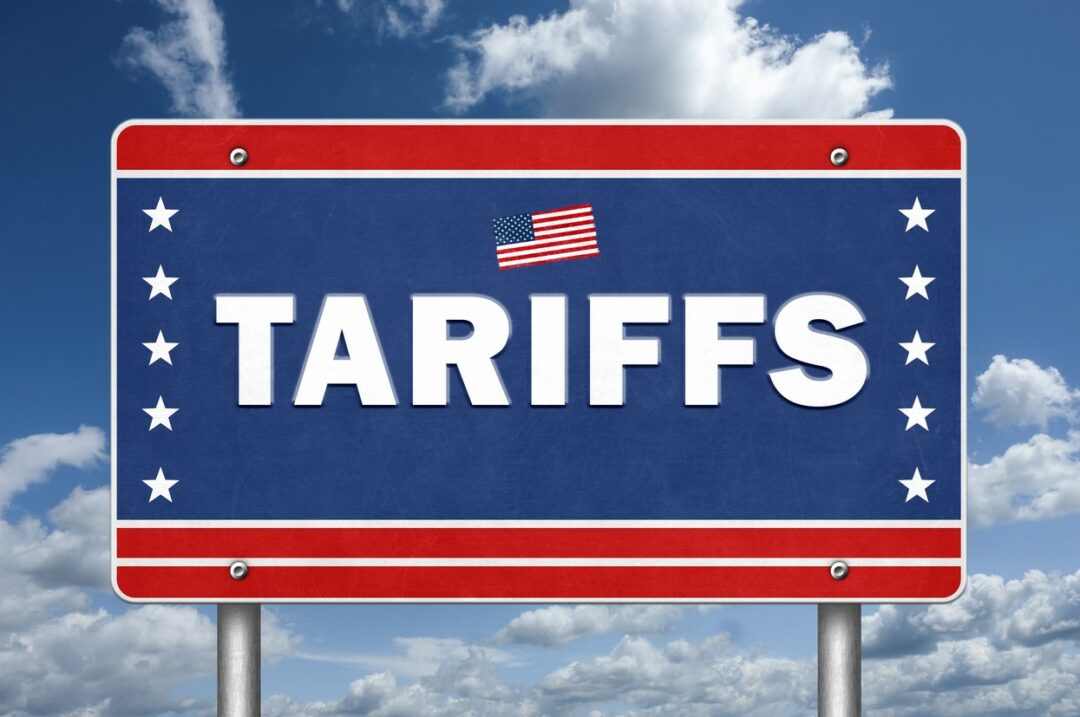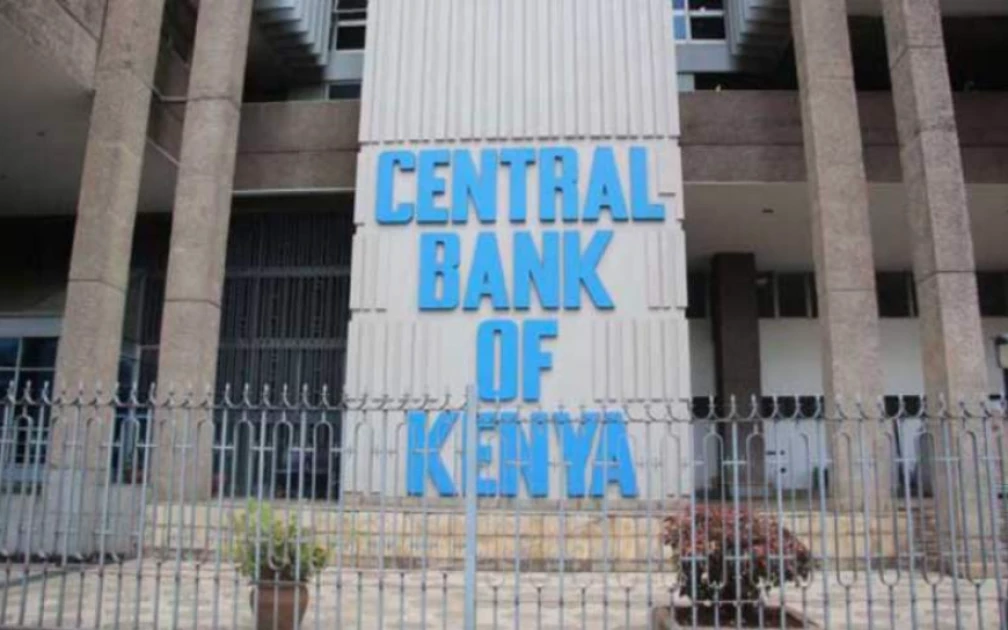Kenya Revenue Authority Imposes Higher Taxes on Used Car Imports
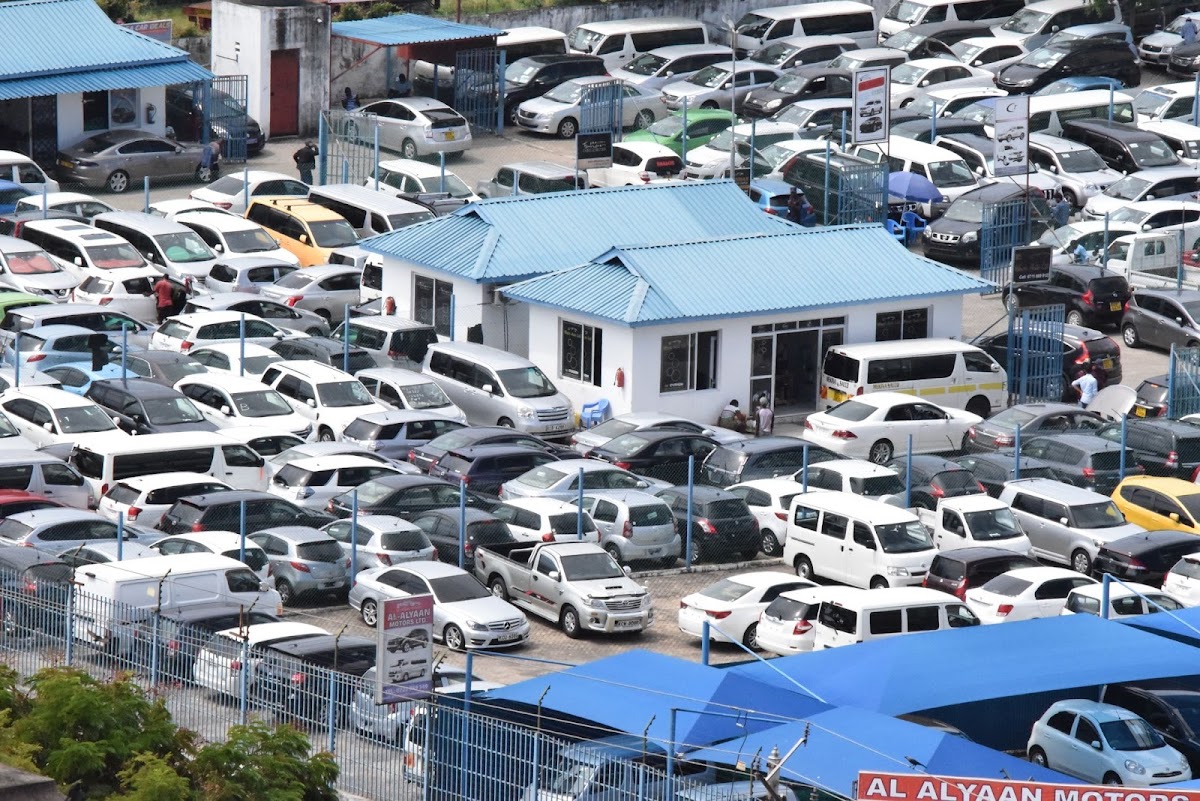
In a recent move, the Kenya Revenue Authority (KRA) has decided to increase taxes on used car imports, further impacting this sector. This comes as the KRA has reduced the maximum depreciation rate from 70 percent to 65 percent, significantly affecting the valuation of vehicles.
Understanding the Tax Adjustment
Pamela Ahago, the acting commissioner for the Customs and Border Control department, has instructed KRA staff to implement a new depreciation rate schedule for cars, which took effect last Friday. As a result of this directive, taxes on vehicles manufactured in 2016 will rise by over 14 percent. This change primarily affects vehicles imported by dealers due to Kenya’s eight-year age limit for used cars.
The reduction in the maximum depreciation rate, according to the KRA, aligns Kenya with other countries in the East African Community trading bloc. However, it will lead to an increase in import duty, subsequently affecting excise duty and value-added tax, as these are calculated based on the vehicle’s value.
The Presidential Directive
Ms. Ahago explained that this new valuation schedule is in response to a directive from President William Ruto. During a forum with stakeholders at the Port of Mombasa on July 29, President Ruto called for the “harmonization of the valuation parameters of used motor vehicle units.” This directive has led to the adoption of the depreciation schedule used by the East African Community Council of Ministers.
All KRA staff are required to adhere to this new valuation schedule starting from September 1, 2023.
Impact on Vehicle Value
The value of a car naturally decreases over time due to wear and tear since its manufacture. This depreciation is considered for taxation purposes, limited to a maximum of eight years. As an example, an importer of a Toyota Premio with a current retail selling price (CRSP) of Sh3.27 million will now pay an estimated Sh1.096 million in taxes from Friday, up from Sh939,221 previously. This reflects an increase of Sh156,537, or nearly 14.29 percent, in import, excise, and VAT charges.
Additional costs are likely to be passed on to buyers, according to dealers. The excise duty varies between 20 percent and 35 percent of the customs value, with import duty determined by the engine’s size. The use of the 65 percent depreciation rate, as opposed to the previous 70 percent, means an additional five percent is added when calculating import duty.
Industry Response
Charles Munyori, the secretary-general of the Kenya Auto Bazaar Association (Kaba), representing used car dealers, stated that while this change will lead to increased prices for used cars, the industry supports the use of the first year of registration for taxation purposes instead of the first month. This ensures that importers pay a consistent duty for vehicles of the same class manufactured in the same year, eliminating variations based on the month of assembly.
Munyori added, “The switch to using the year of registration is expected to increase the availability of vehicles, as importers have a whole year to choose when to import, unlike the previous system where limitations were based on the month of arrival.”
The Broader Impact

This development sets the stage for further price increases in the second-hand vehicle market, which makes up the majority of cars on Kenyan roads. Import duty had already been raised from 25 percent to 35 percent in July, leading motor vehicle dealers and assemblers to adjust prices upwards. They cited the depreciation of the Kenyan shilling, reduced imports of used units, and rising borrowing costs as contributing factors.
Additionally, global disruptions, including semiconductor shortages and Covid-induced shocks, had slowed down car production worldwide. The Kenyan shilling’s depreciation against the US dollar, losing about 17.9 percent of its value since the beginning of the year, had further complicated the situation.
In response to the increased cost of operation, dealers and assemblers of new vehicles had already adjusted their prices to recover expenses and protect margins, even before the duty on finished units was enforced.
Government’s Response and Industry Challenges
The Kenyan government’s decision to raise taxes on used car imports is part of broader efforts to shore up revenue, particularly in the wake of economic challenges posed by the pandemic. This move aims to bolster government coffers, but it also poses significant challenges to the automotive industry.
One of the primary concerns is the potential impact on consumer demand. As prices for used cars continue to rise, potential buyers may be discouraged from making purchases, leading to a slowdown in the market. This could have a cascading effect on dealerships, importers, and the entire supply chain, ultimately affecting the livelihoods of those involved in the industry.
Additionally, the shift in depreciation rates and taxation policies may prompt some dealers to explore alternative strategies, such as focusing on newer car models or diversifying their product offerings. This, in turn, could lead to changes in the types of vehicles available in the market.
The Future of the Automotive Industry
The automotive industry in Kenya is at a crossroads, with various factors influencing its trajectory. While government measures are aimed at boosting revenue and ensuring compliance with regional trading standards, they also introduce uncertainties for businesses and consumers alike.
Looking ahead, the industry will need to adapt to these changes. Dealerships and importers may explore strategies to mitigate the impact of higher taxes, including offering financing options, promoting fuel-efficient vehicles, and investing in digital marketing to reach a wider audience.
Moreover, this shift in tax policy could potentially stimulate local manufacturing and assembly of vehicles, as policymakers seek to reduce the country’s reliance on imports. Supporting local production could lead to job creation and a more resilient automotive industry in the long term.
The Kenya Revenue Authority’s decision to increase taxes on used car imports reflects broader economic and policy considerations. While it aims to enhance government revenue and align with regional standards, it presents challenges and uncertainties for the automotive industry.
As stakeholders navigate these changes, adaptability and innovation will be key to sustaining the industry’s growth and ensuring that consumers continue to have access to affordable and reliable transportation options. The future of the automotive sector in Kenya will likely see a blend of challenges and opportunities, shaping the way vehicles are imported, sold, and manufactured in the country.





